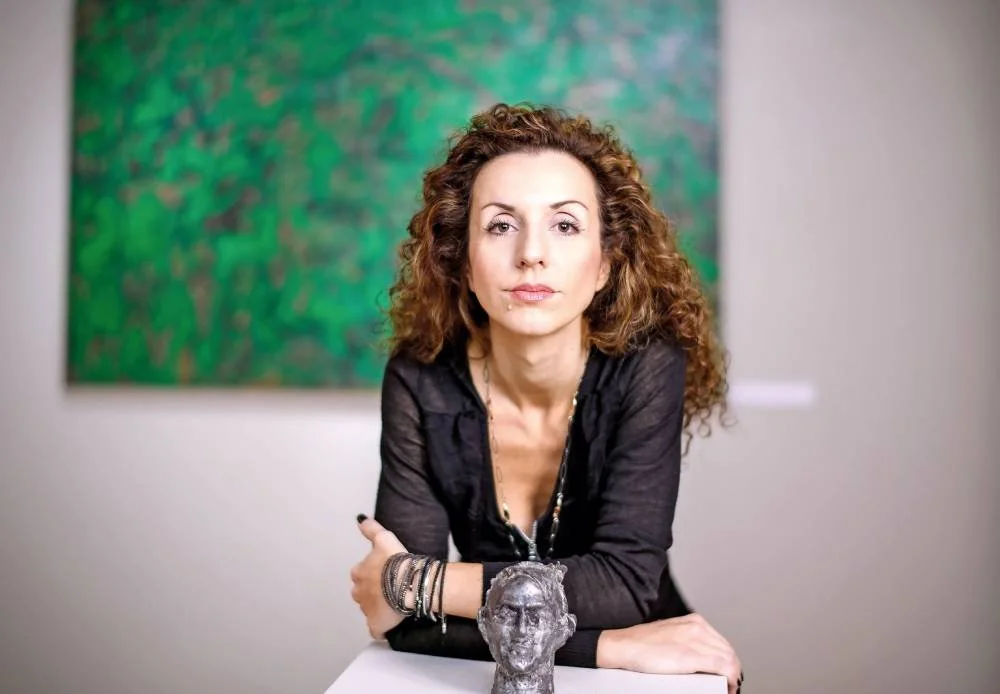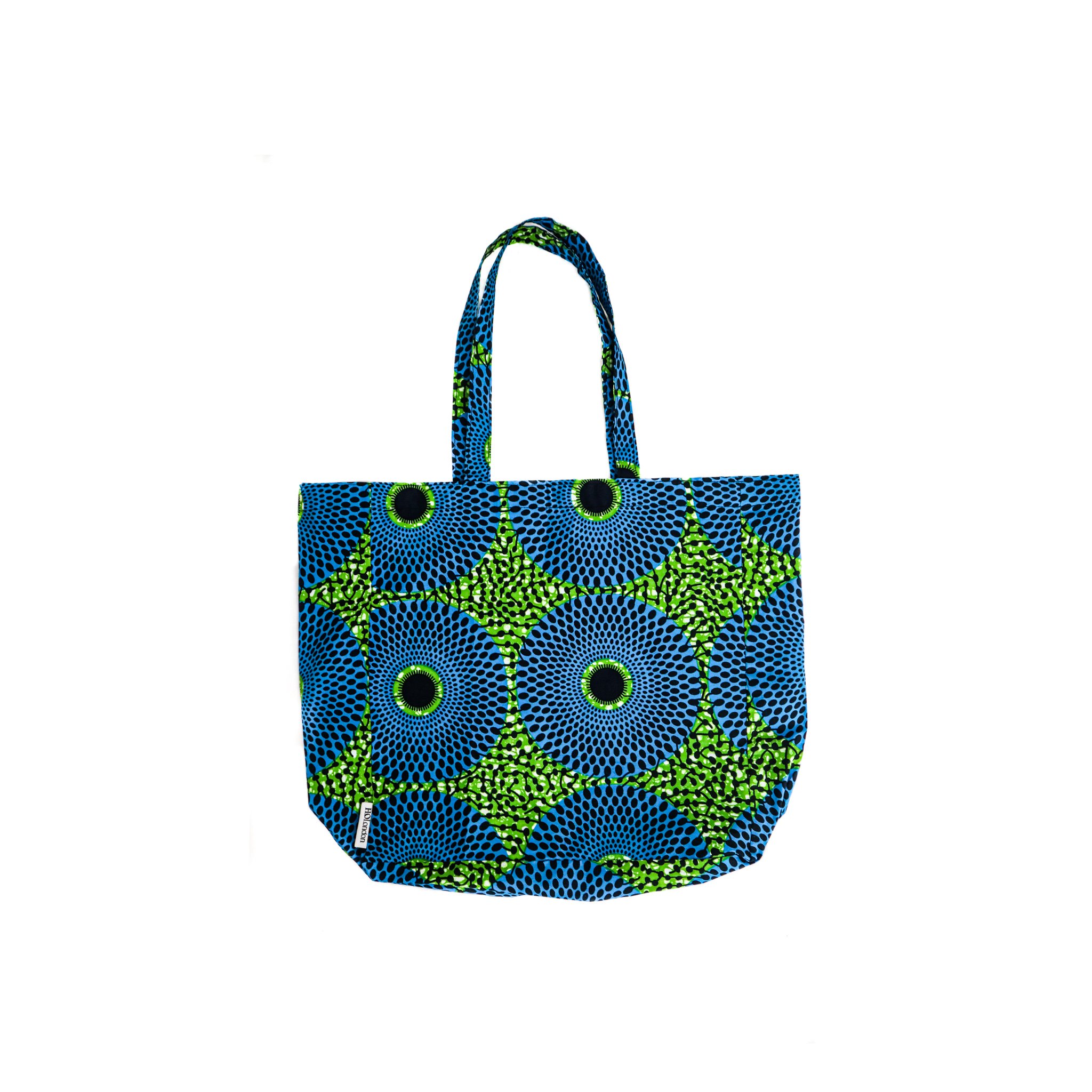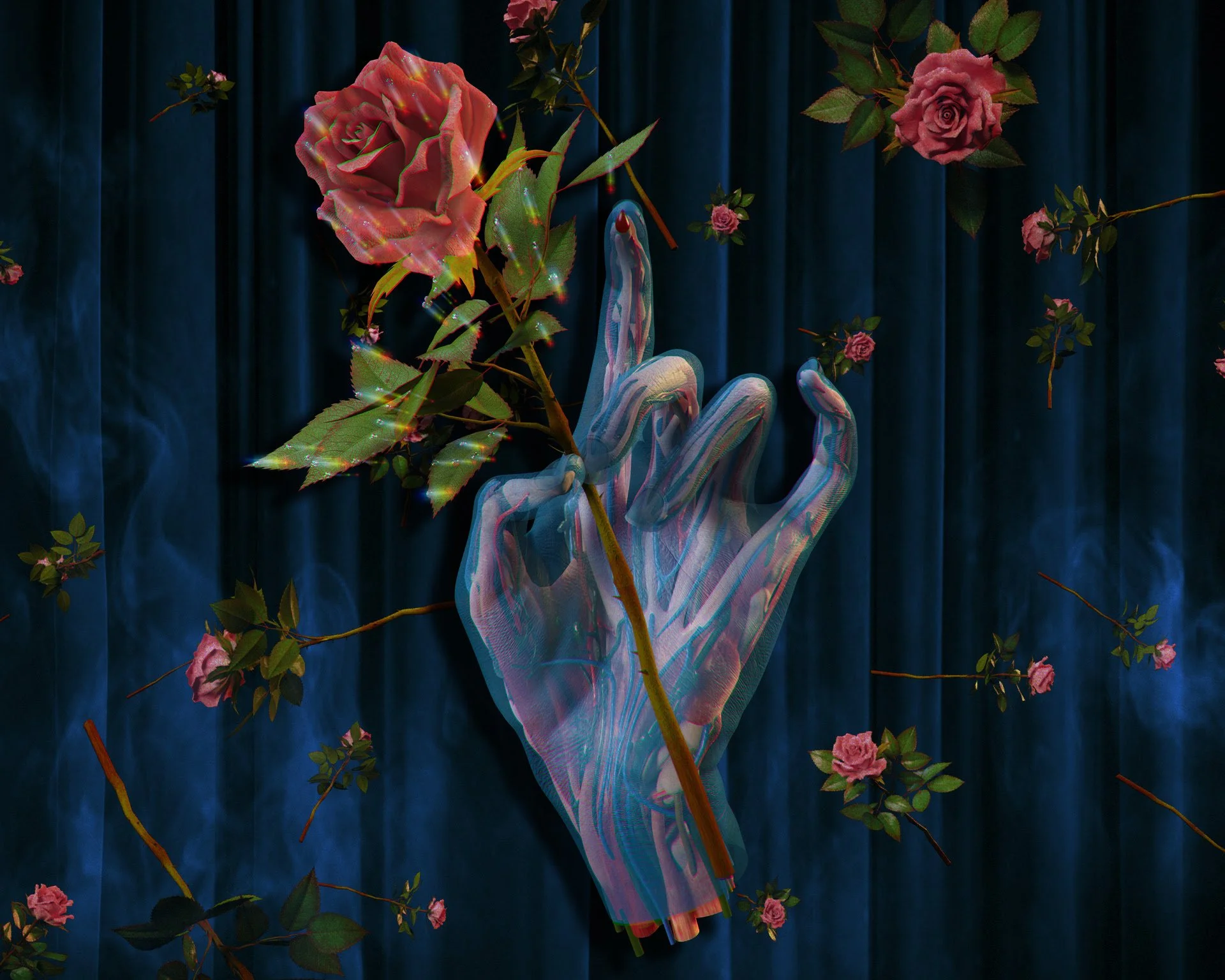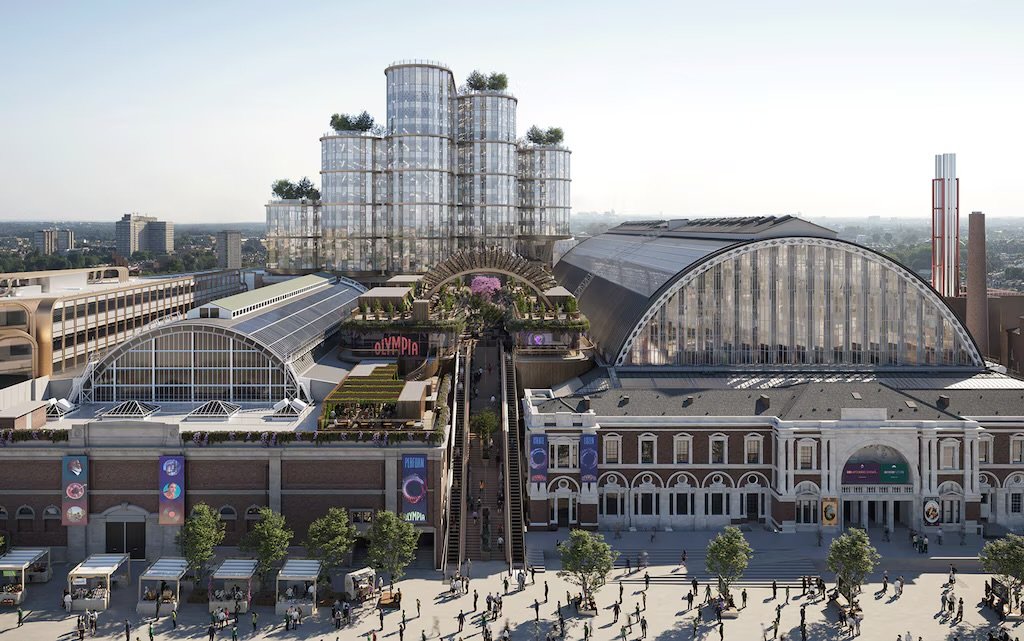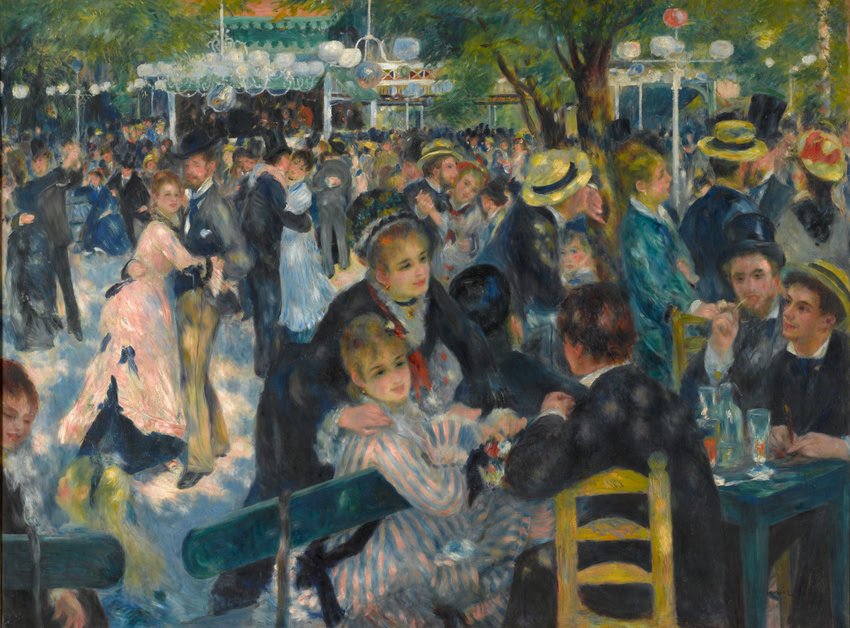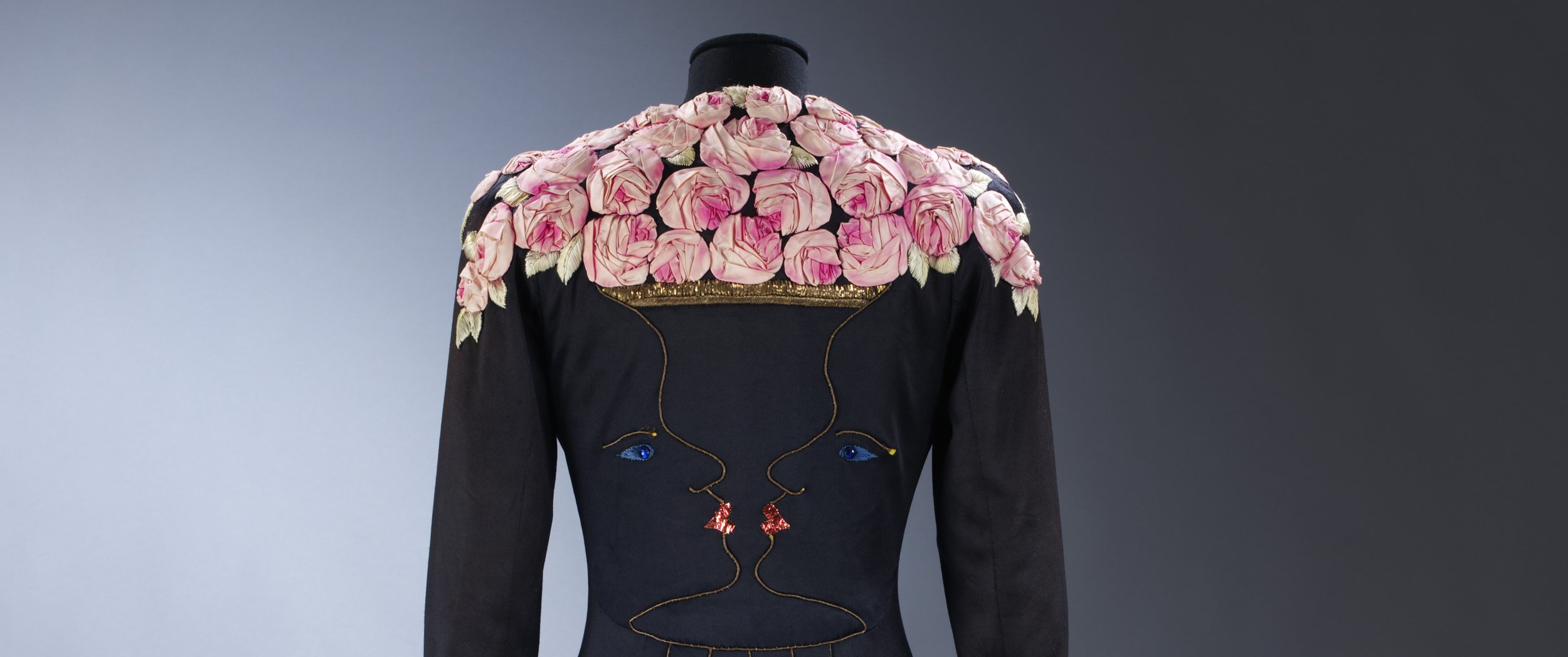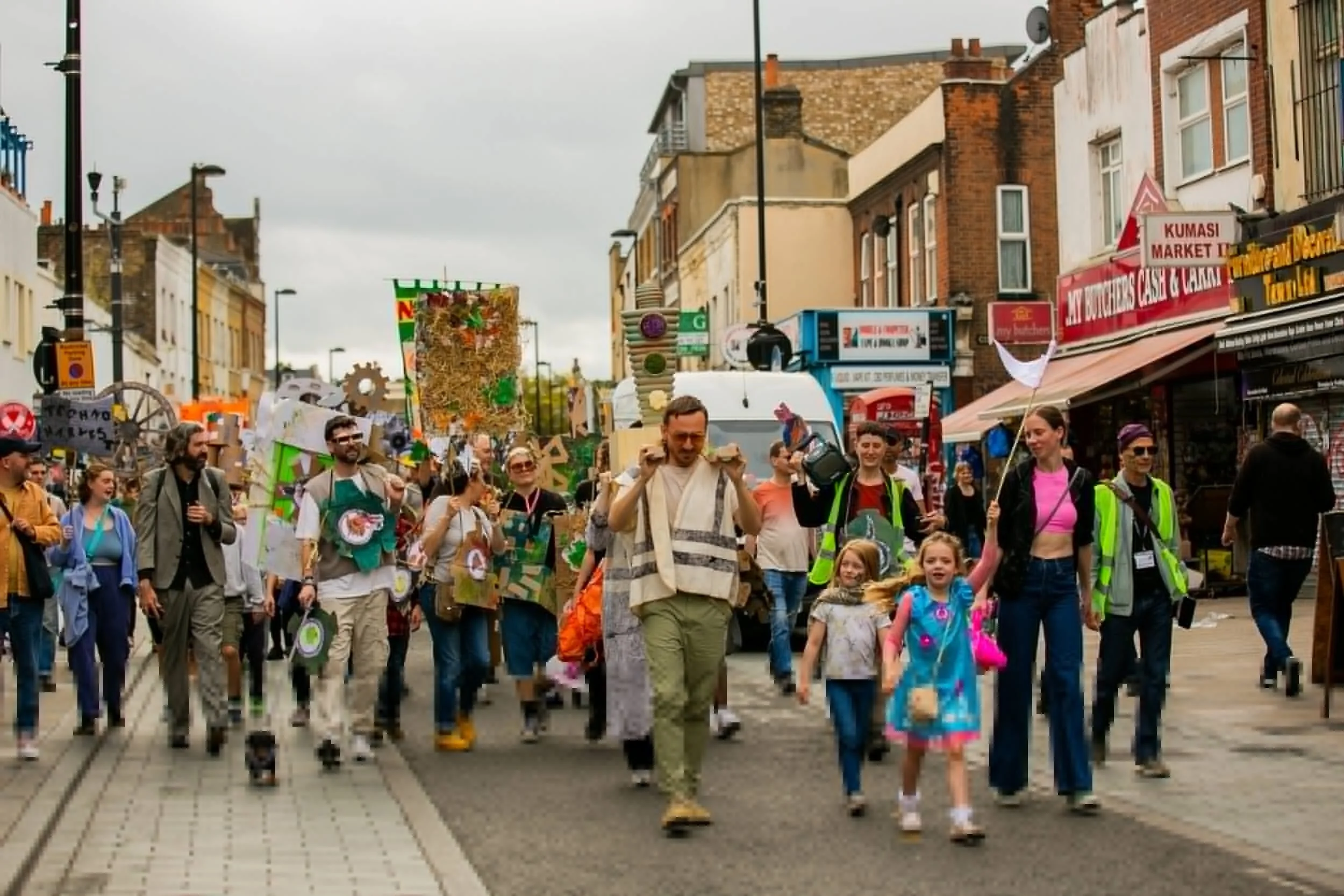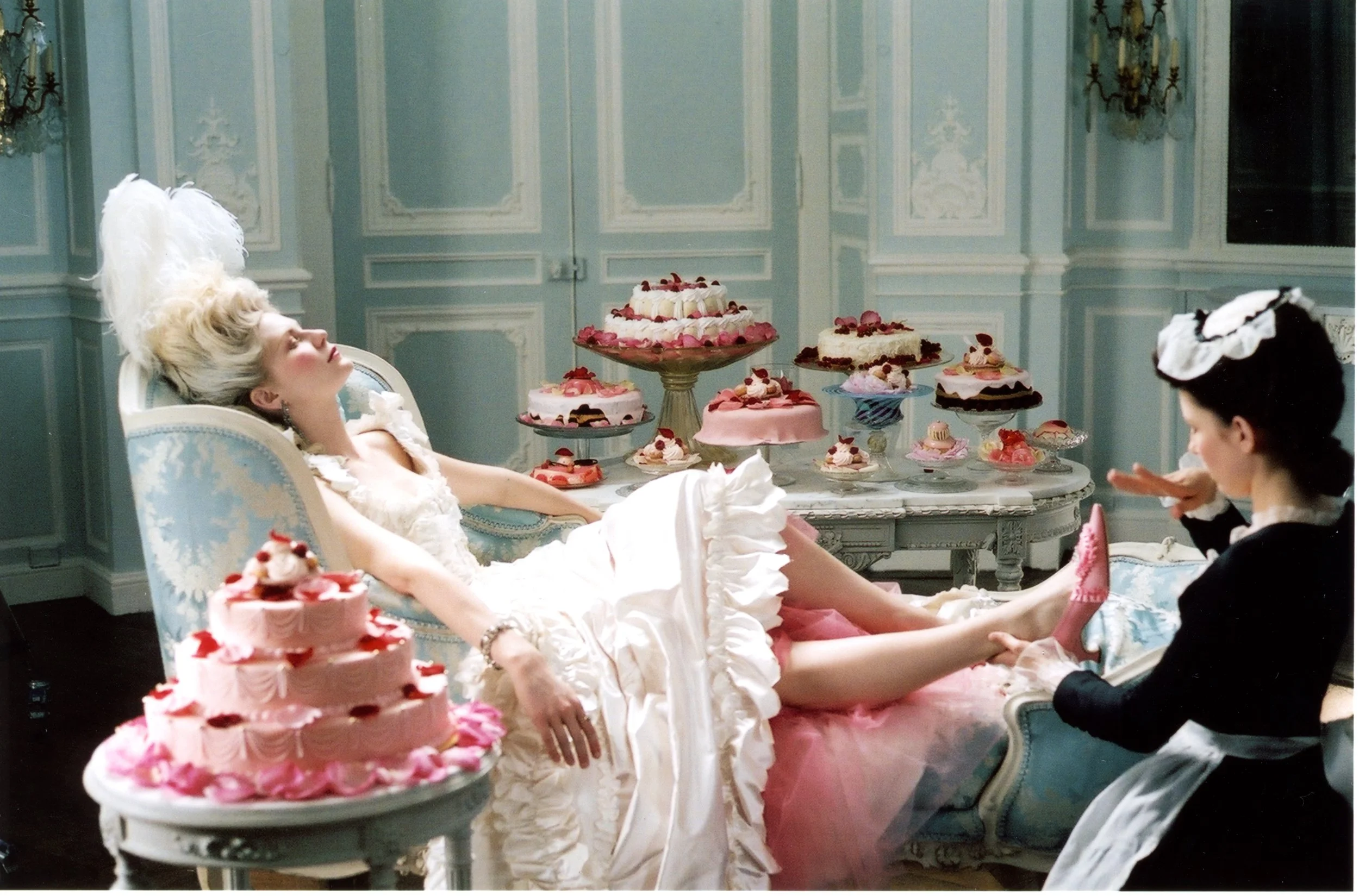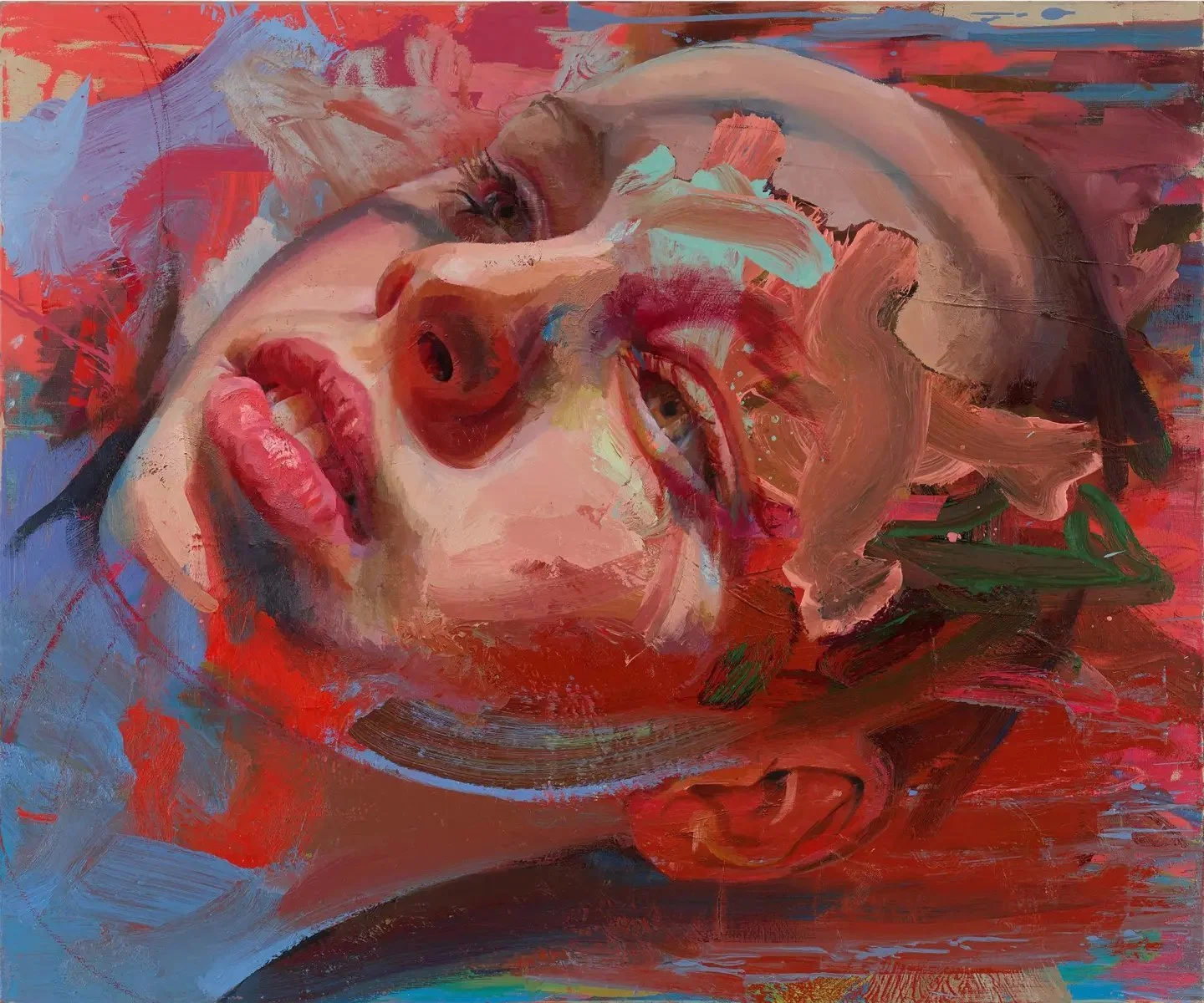In conversation with Marie McPartlin
“The community is what makes Somerset House so distinctive, the fact that it’s not just about presenting exhibitions and events, but supporting artists and producers to make work. ”
- Marie McPartlin
Marie McPartlin. Image credit Anne Tetzlaff.
Marie McPartlin is the inaugural Director of Somerset House Studios, a space for experimentation for artists across disciplines, which she has shaped and led since 2015. The Studios supports up to 70 artists at any one time to develop new creative projects and collaborations, many of which she has commissioned for Somerset House's cultural programme and online platform, Channel. Current resident artists include Jasleen Kaur, Christian Marclay, Akinola Davies, Elaine Mitchner, Hannah Perry, Sophia Al Maria, Keiken and Tai Shani.
Before joining Somerset House, Marie twice served as a festival director and was a recipient of a Paul Hamlyn Breakthrough Award for exceptional cultural entrepreneurship in 2009. She has worked extensively as an independent programmer and producer specialising in cross-disciplinary work with many notable organisations including Barbican Music, Frieze, Sydney Festival and the National Trust.
Your career journey spans various creative disciplines, from music to art curation. What would you say is the most significant crossover between your past experiences and your current role as Director at Somerset House Studios?
I suppose it’s just that really, the interdisciplinarity of the work I’ve done. I moved from music, to literature, to performance quite quickly, and became a go-to person as someone who knew how to speak the language of different industries and understood the scaffolding around making work within those contexts. Once you’ve done a bit of that you wonder why these boundaries need to exist at all and start to mix it up, which for me started with wanting to give audiences something unexpected, to introduce them to something new. My role as Director at Somerset House Studios starts from that place, from my own curiosity as an audience member, who wants to be moved by the culture I engage with, and by different perspectives. With the Studios, the starting point is more finding those artists who are genre-curious and interested in making work that isn’t easy to categorise.
What first sparked your interest in the arts, and what path led you into the industry?
The arts were never something I thought about to be honest, I don’t think I knew anyone who went to art school until I was well into my 20s. At university I was into Pinter and Beckett, and I’d restaged a play called The Colour of Justice about the Stephen Lawrence murder enquiry and invited lots of people into a conversation about the ramifications of that event. I think that set me on a certain path and got me interested in producing complex projects, and creating platforms for work and for conversation.
When I was younger I wanted to be a club promoter, I was just really into rave, drum & bass, jungle, but also post-rock, country, everything really. I grew up in North West London, home to Mute and Reinforced Records, and I went to school across the road from the Mean Fiddler in Harlesden, which was sort of a legendary venue in the 80s, particularly within the London-Irish community, which my family was part of. I got an entry level job there after university through someone I knew and fairly quickly was listening to the demo’s artists sent in that no one else wanted to listen to, and putting on nights from that. That led me to the music industry initially.
As Somerset House celebrates 25 years as a creative hub, what do you think makes this space so vital to London’s cultural landscape? How do you imagine it evolving over the next 25 years?
The community is what makes Somerset House so distinctive, the fact that it’s not just about presenting exhibitions and events, but supporting artists and producers to make work. With the Studios we’re looking at the full ecology of how an artist lives and makes over a long period of time, seven years for some artists. And Somerset House as a whole also expands this out to industry through the residents organisations and the co-working space here. There’s a number of different communities within the building and a lot of cross-over, which drives and shapes what sort of culture you find at Somerset House. I think 25 years from now you’ll only just be seeing the impact of this type of process-driven cultural institution in a clear way, it still feels like we’re in the start-up phase in some ways.
Somerset House Studios has become a vital space for artists across disciplines. What steps do you take to ensure it continues to nurture fresh and diverse ideas?
Although anyone can express interest, artists at the Studios are invited to join on the basis we’d like to work with them, on programming ideas or as part of the community, and with the aim of maintaining a balance across art forms and backgrounds, and prioritising marginalised voices. We focus on long term support for artists and therefore most residencies are upwards of 3 years in duration, but we ensure at least 15% of community moves on each year so that new artists come through. Its also important for us to balance early, mid and established artists, and create ways for that knowledge and experience to exchange. The works we commission and themes we explore in our programmes are driven by what’s emergent from the community, and ultimately diverse ideas come by ensuring that the community itself is diverse.
In your view, how should art institutions engage with radical or experimental practices? What role do they play in championing such work?
Personally I’m interested in bringing radical and experimental practices inside the building in a literal sense. As in, not just presenting the outcome of that practice, but letting the practice live, breath and develop within the institutional walls, and allowing it to bring change. But that can be challenging of course, art institutions are by definition a bit at odds with radicality, and in the nearly ten years since I began this journey with the Studios, you see how something which felt quite radical in the beginning perhaps inevitably goes through a process of institutionalisation. That’s not all negative, systems are needed to ensure fairness and accountability, but we know who these buildings have served and excluded in the past, and need to be vigilant not to replicate those systems.
Supporting work which is brave, political, avant-garde, experimental, this is important in my view, but it’s not always the most lucrative practice for those who make this type of work when they’re making it. Institutions could champion this by thinking about how their space is used, how it can be extended to support artists beyond presenting work, and ensuring things like rates of pay are in place to support making practice sustainable. Fair pay shouldn’t be a radical concept but it sometimes feels like it is.
What have been some of the most rewarding moments for you at Somerset House Studios?
There’s honestly so many. I’m really proud of the community we’ve created, and that it’s something artists feel supported by and want to be part of, it’s a huge credit to the Studios team. A recent highlight would definitely be commissioning Imran Perretta to make the work A Riot In Three Acts last year. Imran’s been an artist here for seven years, he’s primarily known as a filmmaker, but we were able to support him to develop his skills as a composer by working in partnership with an orchestra.
The Studios also drives much of the work you experience on Channel, Somerset House’s online commissioning platform, and we’ve commissioned some works there I’m proud of, especially Rashaad Newsome’s Hands Performance, and The Story Cycle by Sin Wai Kin, who’s since joined the Studios. I’m most interested in the potential of digital commissioning beyond just making a film you could just as easily present in a gallery, how the medium is shaping the message. I’m really excited to be working with both Sidsel Meinche Hansen and American Artist in 2025 with two new digital commissions which will play with that a bit more.
Having curated both large-scale public events and more intimate experiences, what is your approach to curating for different audiences, and what is the key to shaping an impactful programme?
That’s an interesting question actually. I suppose some of the work with the Studios is about bringing artistic process to audiences, or creating the conditions for artists to try something and develop. That sometimes means presenting things in progress, unfinished, or an early experiment. Sometimes it's the start of something, and sometimes it fails. That sort of work isn’t for most audiences, by which I mean you also have an ice skating rink at Somerset House, the cultural audience here is incredibly broad. But it’s still important work, the avantgarde feeds the mainstream, I think audiences don’t generally connect that the tv show or the album they like has an origin story, involving an artist or artists, experimenting, failing, honing their craft. When it comes to making programmes impactful, its important to keep some of that experimentalism and introduce audiences to something new and unexpected, those are always the most meaningful experiences.
You have collaborated with some of the most innovative artists of our time. Is there a particular project or partnership that stands out as having had a profound impact on you?
We did a project in 2022 with the Alan Turing Institute called Privacy, Agency, Trust in Human AI Ecosystems, it was an international call for three artists to undertake a residency between the Studios, the ATI and UAL’s Creative Computing Institute, creating new works exploring this theme from a non-Western perspective. One work by NYC based artist Nouf Alowaysir, Ana Min Wein (Where Am I From?), used film footage, movie clips, family photos and Google Images to trace her immigration path to the US and her family’s migration through Saudi Arabia and Iraq. Filtered through the gaze of the machine, symbols of Arab culture are continually misidentified, subsequently revealing the bias within the technology and the data it’s trained on. The work won the Lumen Prize for Animation in 2022, and keeps going, it was featured in the New York Times Op-Ed documentary series in 2024. The project for me was a great example of how we can collaborate with academic institutions, and connect artists to their groundbreaking research, to bring perspectives on rapidly developing technologies we might not otherwise encounter. We’ll be doing more in this space later in 2025 with the launch of n-Space, a new studio space dedicated to supporting interdisciplinary experimentation across art, technology and research.
Reflecting on your journey, what would you say has been the most pivotal moment in your career that shaped your approach to leadership and creative direction?
When I was 25 I received a Paul Hamlyn Award for cultural entrepreneurship, alongside two collaborators, for a literary festival we co-founded and co-directed. I think up until that point most of the models I’d seen as creative leaders were promoters or A&R people, who were larger than life with egos to match. I can recall a younger version of myself trying to flex that as part of this dynamic of three when we won the award, and that not being at all successful. It was a humbling lesson which shaped a fairly democratic and collaborative approach to how I lead, I like to think at least. My creative direction is definitely shaped by having almost always worked independently before I took this role and following my own interests and the people I like to work with. And developing good instincts where I don’t necessarily have the training, like in not going to art school and probably having limited experience of what goes on there if I’m honest. It also means I understand the precarity of artistic work, the importance of risk, and the DIY / more underground ways of supporting artists of all kinds to get to the place where an institution might usually pay attention. I’d imagine I’d have quite a different style if I’d come up through an institutional route.
What qualities do you think are essential for fostering creativity and innovation in those just starting their careers?
I’m not sure it counts as a quality but it's essential to encourage people to take risks when they’re just starting out, and to continue to find ways to do that even as they become more established. To support that, it's important to want to learn from artists, to listen to what they’re telling you, be responsive and be prepared to meet them where they are.
What can visitors look forward to from Somerset House Studios in the upcoming year as Somerset House celebrates its 25th anniversary?
Tai Shani’s The Spell or the Dream is going to be magnificent this summer, it’s Tai’s largest outdoor sculpture to date, drawing on the archetypal fairytale image of a sleeping figure in a glass box to explore ideas of collective dreaming. Alongside the sculpture, a 24/7 radio broadcast will invite a host of guest contributors to explore new and hopeful ways of being and building together, with a number of exciting contributors already in the pipeline. Also in the summer, another Studio’s artist, Akinola Davies’ will premiere his new film documenting the everyday rituals that underscore rhythms of Black life in the UK, with a live soundtrack featuring a number of long-term music collaborators.
But we kick the year off at the end January with Hyper Functional, Ultra Healthy, our biannual series exploring wellness in the digital age, featuring Kate Cooper, Danielle Braithwaite Shirley, Alex Quicho and Four Chambers, alongside Sidsel Meinche Hansen’s new online commission, Grumpy.
The [Quick] #FLODown:
Best life advice?
All things pass.
Last song you listened to?
Family Way by Moin.
Last book you read?
Ordinary Notes by Christina Sharpe
Can't live without…?
My daughters
What should the art world be more of and less of?
There are many art worlds, thankfully. More inclusive, less dependent on the exceptionally wealthy.
Website: somersethouse.org.uk/somerset-house-studios
Instagram: @somersethousestudios





